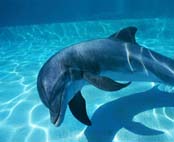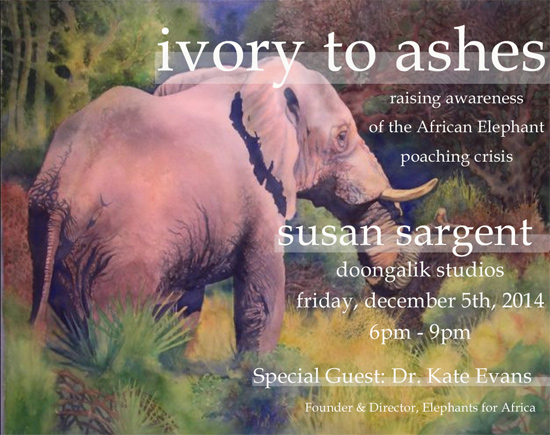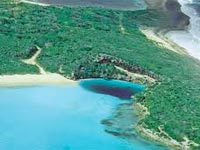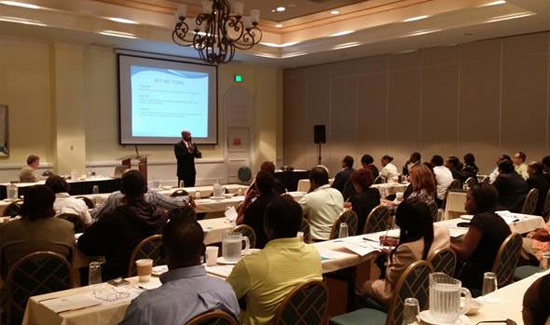 I am writing to offer EARTHCARE’s unequivocal support to reearth with respect to the Blackbeard’s Cay Judicial Review case.
I am writing to offer EARTHCARE’s unequivocal support to reearth with respect to the Blackbeard’s Cay Judicial Review case.
Our country does not need any more captive dolphin shows/encounters. The travelling public is becoming increasingly aware of the cruelty of marine mammal captivity especially since the release of the film, “Blackfish” and the Oscar winning, “The Cove”.
I am a reformed dolphin trainer who has worked at the Dolphin Experience (UNEXSO) in Grand Bahama. I necropsied dead captive dolphins in Grand Bahama and in Treasure Cay, Abaco.
This industry is destructive to wild marine mammals. The Atlantic Bottlenose Dolphin does not thrive in captivity as the captive facilities would like to have you believe. If they did, then there would be no need for wild captures.
A colleague of mine was filming the capture of the original six dolphins in the Bay of Campeche in Mexico, the first dolphins kept at the Dolphin Experience in Freeport.
The Bay of Campeche was chosen for its 0 foot visibility and the fact that it had an abundance of dolphins. The Head Trainer, Mike Schultz, who is now an infamous dolphin trader, wanted them from this location, so that if the animals ever escaped that they would not be able to find their way home.
My colleague said it was a horrible process, wherein he witnessed at least 60 animals captured, hurt, and some drowned. Animals were thrown back into the water with broken pectoral fins and worse, dead. The six that were brought back to Freeport were hidden in a secret location in a canal until their wounds healed.
The dolphins that have pink areas at their pectoral fins where we would refer to it as an underarm, those pink areas are really scar tissue that never healed properly after the horrific capture process.
I witnessed and was made to participate in abuse of the dolphin that were left after one of the original six had died. When a dolphin would not go into the small pen at night, the Head Trainer threw items at him.
He made us bang PVC pipes on the water.
He threw in Igloo coolers, buckets and finally his own body trying to scare the animal into the tiny enclosure.
I was forced to throw that animal’s entire diet for the day on the outside of the enclosure so that it could see the food outside of its reach for three days in a row. The Head Trainer made the staff drag a large net across the pen in order to scare the animal into the pen. He told us it was dangerous for the animals and for us, but made us do it anyway. He even shut the programme to the public so that he could work to scare this dolphin into submission.
The Head Trainer told the public we trained the animals using “operant conditioning”, ignore the negative and reward the positive. This was definitely not the case when this dolphin refused to “gate” (go into the pen) through the gate.
I witnessed the raw sewage being released by the ancient sewage plant at nights into the area where the dolphins were housed. I watched the tourists getting rashes from being in the filthy water with the animals. When we defrosted the fish each morning, we would always get stuck with the spines. By 5pm those wounds were full of puss.
We had to train the dolphins to help us to clean their pen. We could not keep up with the minipads, condoms and tampons that would end up in the pen each day from the sewage plant overflow. When I resigned, I wrote a detailed memo detailing the abuse and the pollution issues facing the dolphins on a daily basis.
This Memo was suppressed by the Manager. However, one year later, the animals were moved to their present location, “Sanctuary Bay”.
Atlantic Bottlenose Dolphins travel up to 40 miles a day. They can dive to great depths and live in family units. To keep a marine mammal in captivity is a very tragic situation. Today’s sustainable tourists will do the research and will not frequent countries that keep marine mammals in captivity.
EARTHCARE is vehemently against the introduction of any new captive dolphin facilities into the Bahamas.
Please put it on your records that EARTHCARE is opposed to the BlackBeard’s Cay captive dolphin business.
By: Gail L Woon
Earthcare
Nassau, Bahamas



